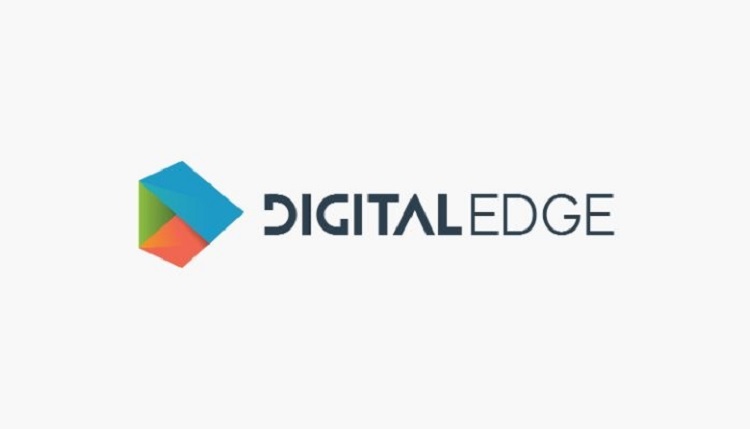The Digital Edge: Tools and Techniques for Business Advancement
The digital age has brought about a significant shift in the way businesses operate. With the advent of new technologies, companies have access to an unprecedented amount of data, which can be used to make informed decisions and gain a competitive edge. However, many businesses are struggling to keep up with these changes and are falling behind their more tech-savvy competitors.
To stay ahead of the curve, businesses need to embrace the digital edge. This means adopting new tools and techniques that can help them streamline their operations, improve their customer experience, and increase their overall efficiency. Whether it’s implementing new software solutions, leveraging data analytics, or investing in new hardware, there are many ways that businesses can use technology to their advantage.
In this article, we’ll explore some of the key tools and techniques that businesses can use to gain a competitive edge in the digital age. From cloud computing to artificial intelligence, we’ll take a closer look at the technologies that are driving innovation and explore how they can be used to transform your business. So if you’re ready to take your business to the next level, read on to discover the digital edge.
Table of Contents
Remote Asset Monitoring
In today’s digital age, businesses are relying more and more on remote asset monitoring to keep track of their assets. This technology allows businesses to remotely monitor and manage their assets, allowing them to make more informed decisions and optimize their operations.
Remote asset monitoring can be used for a variety of purposes, including tracking the location of assets, monitoring their performance, and detecting any issues or problems. This technology can be particularly useful for businesses with a large number of assets spread out over a wide area, such as those in the transportation or logistics industries.
One of the key benefits of remote asset monitoring is that it allows businesses to detect and address issues before they become major problems. By monitoring assets in real-time, businesses can quickly identify any issues or anomalies and take action to resolve them before they cause any significant damage.
Another benefit of remote asset monitoring is that it can help businesses optimize their operations. By analyzing data collected from remote sensors and devices, businesses can identify areas where they can improve efficiency and reduce costs. For example, they might be able to identify routes that are less fuel-efficient or optimize the maintenance schedule for their assets.
Overall, remote asset monitoring is a powerful tool for businesses looking to stay ahead in today’s digital age. By leveraging this technology, businesses can make more informed decisions, improve their operations, and stay one step ahead of their competitors.
SEO: Boosting Online Presence
To succeed in the digital age, businesses need to have a strong online presence. One of the most effective ways to achieve this is through search engine optimization (SEO). which helps optimize your website so it can rank on the first page of search engines for relevant keywords and phrases.
To boost your online presence with SEO, you need to start with keyword research to identify words and phrases that resonate with your audience. You can use tools like Google Keyword Planner to help you with this.
Once you have identified your target keywords, you need to optimize your website content. This includes optimizing your page titles, meta descriptions, headers, and body content. It’s important to use your target keywords strategically but not overuse them, as this can lead to keyword stuffing and hurt your rankings.
Another important aspect of SEO is link building. This involves getting other websites to link back to your website, which can help to boost your authority and improve your search engine rankings. You can do this by creating high-quality content, reaching out to other websites in your industry, and participating in guest blogging and other link-building activities.
Overall, SEO is a complex and ongoing process that requires a lot of time and effort. Learn more good SEO practices here. However, by following best practices and staying up-to-date with the latest trends and techniques, you can boost your online presence and drive more traffic to your website.
Integrate Technology for Business Efficiency
In today’s fast-paced business world, integrating technology is crucial for improving efficiency and staying competitive. By embracing digital tools and techniques, you can streamline your operations, improve collaboration, and enhance customer experiences.
One way to integrate technology for business efficiency is by adopting cloud-based solutions. Cloud computing allows you to store and access data and applications over the internet, reducing the need for expensive on-premise infrastructure. With cloud-based tools, you can easily scale your operations, collaborate with remote teams, and access your data from anywhere, anytime.
Another way to improve efficiency is by leveraging automation tools. By automating repetitive tasks, you can free up your time and resources for more strategic work. For example, you can use chatbots to handle customer inquiries, automate your accounting processes, or use machine learning algorithms to analyze large datasets.
In addition to automation, you can also use data analytics to gain insights into your business operations. By analyzing your data, you can identify patterns, trends, and areas for improvement. You can then use these insights to make data-driven decisions, optimize your processes, and improve your bottom line.
Overall, integrating technology for business efficiency is essential for staying ahead of the curve. Learn more about it on this website. By leveraging cloud-based solutions, automation tools, and data analytics, you can improve your operations, enhance your customer experiences, and stay competitive in today’s digital age.

